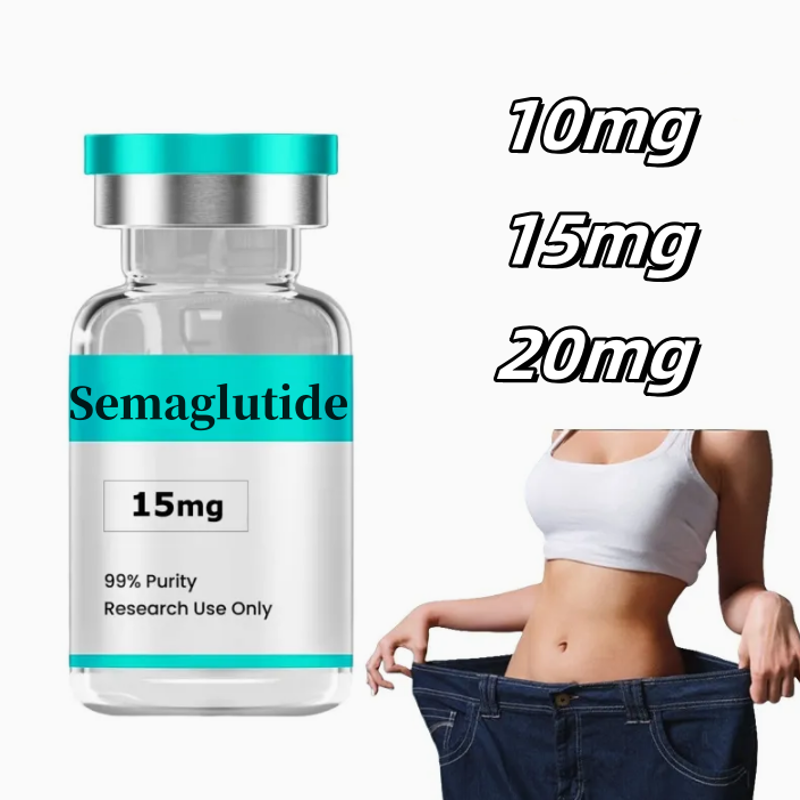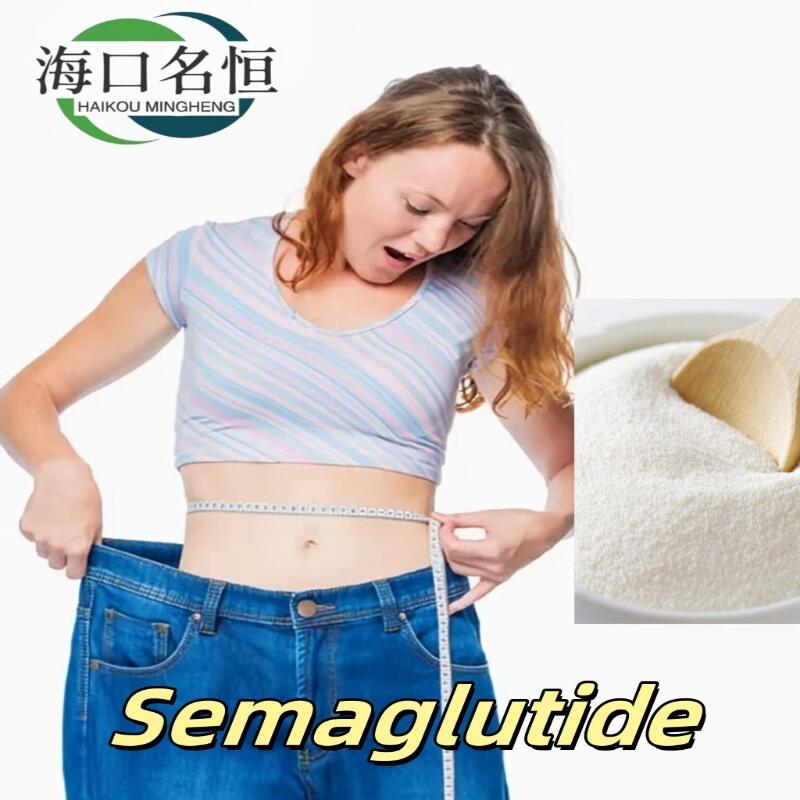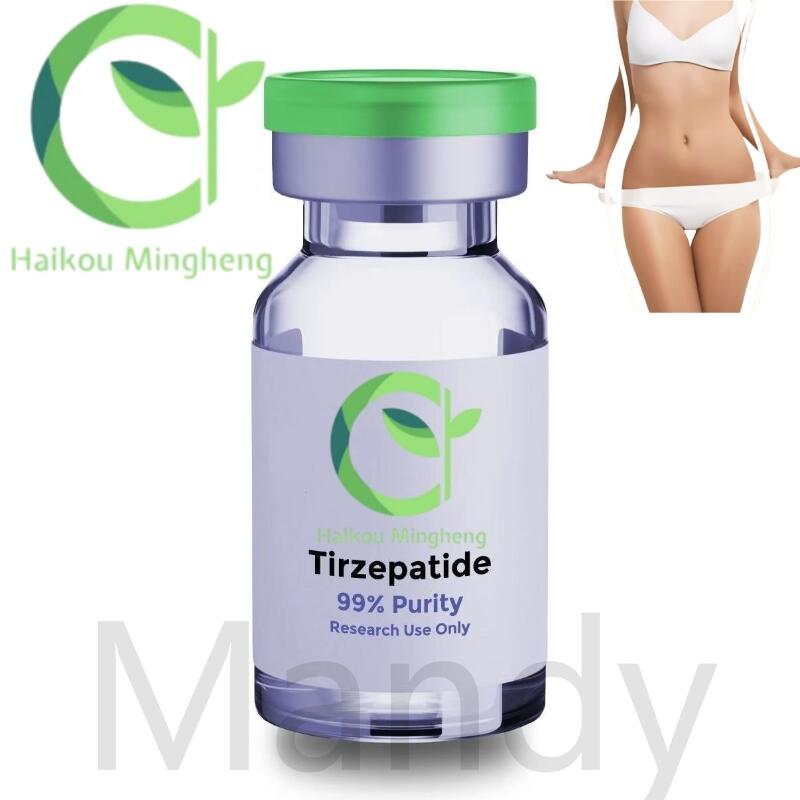Knowledge Popularization: what is active peptide?
-
Last Update: 2019-08-13
-
Source: Internet
-
Author: User
Search more information of high quality chemicals, good prices and reliable suppliers, visit
www.echemi.com
Peptides are two or more amino acids linked by peptide bonds, which play an important physiological role in human body The active peptide is called active peptide, which is also called bioactive peptide or bioactive peptide Active peptide · introduction Active peptide is a general term for more than one thousand kinds of peptides (such as soybean peptide, sea cucumber peptide, etc.) It plays a key role in human growth, metabolism, disease, aging and death Active peptide is the most important active substance in human body It is because of the increase or decrease of its secretion in the body that human beings have a cycle of childhood, childhood, adulthood, old age and death The injection of active peptide breaks the cycle of life, so as to prolong life and effectively slow down aging Active peptide · action What effect does active peptide reduce to human body? The active peptide mainly controls the growth, development, immune regulation and metabolism of human body It is in a state of balance in human body If the active peptide is reduced, the function of human body will change significantly; For children, their growth and development become slow, or even stop In the long run, they form dwarfism For adults or the elderly, if they lack active peptides, their immunity will decline, metabolism will be disordered, endocrine disorders will cause various diseases, such as insomnia, emaciation or edema As the active peptide also acts on the nervous system, the human body will become sluggish, the brain will no longer be intelligent, and more importantly, the active peptide will be reduced, which will directly cause the overall aging of all parts of the human body, leading to various diseases Active peptide · extraction method There are two main extraction methods of peptides, one is chemical extraction, the other is physical extraction, both have advantages and disadvantages "Chemical extraction method" is mainly "chemical enzyme reaction extraction method", which has fast reaction and large production, but the disadvantage is that the extracted peptide has low activity, which is the main source of peptide products on the market; "Physical extraction method" mainly refers to "dielectric capacitance method active peptide extraction technology", which is characterized by slow reaction and small production, but the peptide produced has high activity Active peptide · secretory cycle What are the secretory cycles of human active peptides? At different ages, the amount of secretion of various active peptides is also very different According to the amount of secretion, human life can be generally divided into: ① In the period of sufficient secretion (the youth before 25 years old), the endocrine quantity is balanced, the immune function is strong, and the human body is generally not prone to diseases; ② During the period of hyposecretion (imbalance period) (30-50 years old and middle-aged), if the secretion of active peptide is insufficient or unbalanced, various related sub-health States and mild disease symptoms will appear (common in people over 40 years old); ③ During the period of secretion deficiency (severe deficiency period) (middle-aged and old people over 50 years old), if the active peptide is seriously insufficient and unbalanced, it may appear very prominent aging symptoms, or cause various related diseases (more obvious in people over 50 years old); ④ The period of termination of secretion (aging period) is very short, because the "commander" active peptide which controls the human endocrine does not secrete or secrete less, leading to the decline of cell function, organ failure and loss, leading to the end of life Active peptide and physiological function At present, it has become a research hotspot all over the world, and a large number of domestic and foreign research results show that bioactive peptides are bioactive substances related to a variety of cell functions in the organism Hundreds of bioactive peptides have been found in the organism Different bioactive peptides have different structures and physiological functions, such as antiviral, anticancer, antithrombotic, antihypertensive, immunomodulatory, hormone modulatory, bacteriostatic and antihypertensive Cholesterol and other functions The physiological functions of the active peptide are as follows: 1 Regulate the balance of water and electrolyte in the body; 2 To produce antibodies against bacteria and infection for the immune system and improve the immune function; 3 Promote wound healing; 4 Making enzymes in the body helps to convert food into energy; 5 Repair cells, improve cell metabolism, prevent cell degeneration, and play a role in cancer prevention; 6 Promote the synthesis and regulation of protein, enzyme and enzyme; 7 Important chemical messengers that communicate information between cells and organs; 8 Prevention of cardiovascular and cerebrovascular diseases; 9 Regulate endocrine and nervous system; 10 Improve the digestive system and treat chronic gastrointestinal diseases; 11 Improve diabetes, rheumatism, rheumatoid and other diseases; 12 Anti virus infection, anti-aging, elimination of excess free radicals in the body; 13 Promote hematopoietic function, treat anemia, prevent platelet aggregation, and improve the oxygen carrying capacity of red blood cells 14 It can directly fight against DNA virus, and it has targeting to virus bacteria Through the research of active peptides, the application of peptides has been promoted Nutritionists and biomedicians have developed a variety of peptide products to meet the needs of human health Active peptide · main application At present, the application of peptides is mainly in the following three aspects: 1 Functional food: peptide food with certain functions, which is currently the research hotspot in the world Japan, the United States and Europe have taken the lead in launching food and food additives with various functions, forming an industry with great commercial prospects 2 Peptide reagent: very high purity, mainly used in scientific tests and biochemical tests, very expensive 3 Peptide drugs The molecular structure of active peptides is complex, ranging from simple dipeptides to circular macromolecular peptides, and these peptides can be modified by phosphorylation, glycosylation or acylation According to their functions, active peptides can be roughly divided into physiological active peptides, flavoring peptides, antioxidant peptides and nutritional peptides, etc., but because some peptides have multiple physiological activities, this classification is only relative.
This article is an English version of an article which is originally in the Chinese language on echemi.com and is provided for information purposes only.
This website makes no representation or warranty of any kind, either expressed or implied, as to the accuracy, completeness ownership or reliability of
the article or any translations thereof. If you have any concerns or complaints relating to the article, please send an email, providing a detailed
description of the concern or complaint, to
service@echemi.com. A staff member will contact you within 5 working days. Once verified, infringing content
will be removed immediately.







